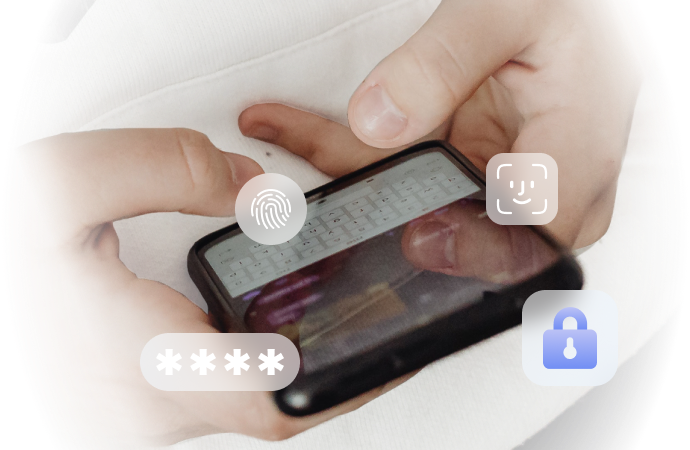
Family Apple ID Management: What Happens When You Have a Family Sharing Apple Account?
Oct 24, 2025 • Filed to: Device Data Management • Proven solutions
Dr.Fone Basic:
Better Control for Your Phone
Manage, transfer, back up, restore, and mirror your device
There were 118 million iPhone users in the US in 2022. These numbers must have risen since iOS remains the dominant software today. Apple devices have become normal in the US; iPhones, iPads, Macs, and Apple Watches are everywhere. An average US family had 2.6 Apple devices 8 years ago!
However, managing these devices and associated Apple IDs can be difficult. Every member of your family will have their apps and data. However, you can easily create a family Apple ID to manage Apple ID devices. So, are you ready to learn how?

This article will explain Apple ID family share options in detail. You'll learn what sharing Apple ID credentials entails and the key aspects of setting it up. How do you manage iCloud devices by using a single account? Can two iPhones use the same Apple ID?
Also, we'll introduce Dr.Fone, a versatile tool that can significantly simplify device management and data protection within a family environment. So, let's get started, shall we?
Part 1. Understanding Apple Account Family Sharing
Apple has introduced many amazing features for users, such as Apple Invites. But no feature is better than Apple's Family Sharing facility!
We know that Apple IDs give you access to iOS services, such as iCloud, App Store, & other facilities. Apple Music lets you listen to your favorite music and use Apple TV+ to stream videos.
Managing multiple Apple IDs and associated subscriptions and purchases can easily become frustrating for families.
But Family Sharing emerges as a great solution here. It's Apple's built-in mechanism for people who want to streamline family Apple ID management. With this feature, you and five other folks can share:
- App purchases
- iCloud storage
- Apple Music subscriptions
- Other Apple services
All while maintaining separate accounts with their individual preferences and data.

Benefits
- Cost Savings: Did you know that you can reduce the cost of app purchases and other subscriptions with Family Sharing? Apple Music will charge you $2.84 monthly if you have this service.
- Parental Controls: With Family Sharing, you get robust parental control features. This includes Screen Time for easy device management and Ask to Buy to approve children's purchases.
- Easy Organization: This service lets you effectively manage Apple ID devices & data. So, everyone will have access to the services they need. All while maintaining their own personalized experience.
- Simplified Setup: Setting up new devices for your kids is a breeze. You can get many great settings and restrictions inherited from the Family Sharing configuration.
Features
- Family members gain access to each other's eligible App Store and iTunes purchases.
- Instead of each family member needing their own iCloud storage plan, you can share a single 200GB or 2TB iCloud storage plan.
- Monitor children's device usage, set bedtime schedules, and manage app access.
- Track the real-time location of family members (with their consent).
- Easily send and receive money between family members, making allowances and quick transfers easy.
Part 2. Setting Up and Managing Family Sharing
Setting Up Family Sharing
Setting up Family Sharing is a relatively straightforward process. You will need to:
- Open the Settings app on your iPad or iPhone.
- Tap on your name at the very top of the screen.
- Select the Family Sharing option there.
- Follow the on-screen prompts to invite family members to join.
You can add adult and child accounts to your family group. Remember that each member will need their own distinct Apple ID to participate.
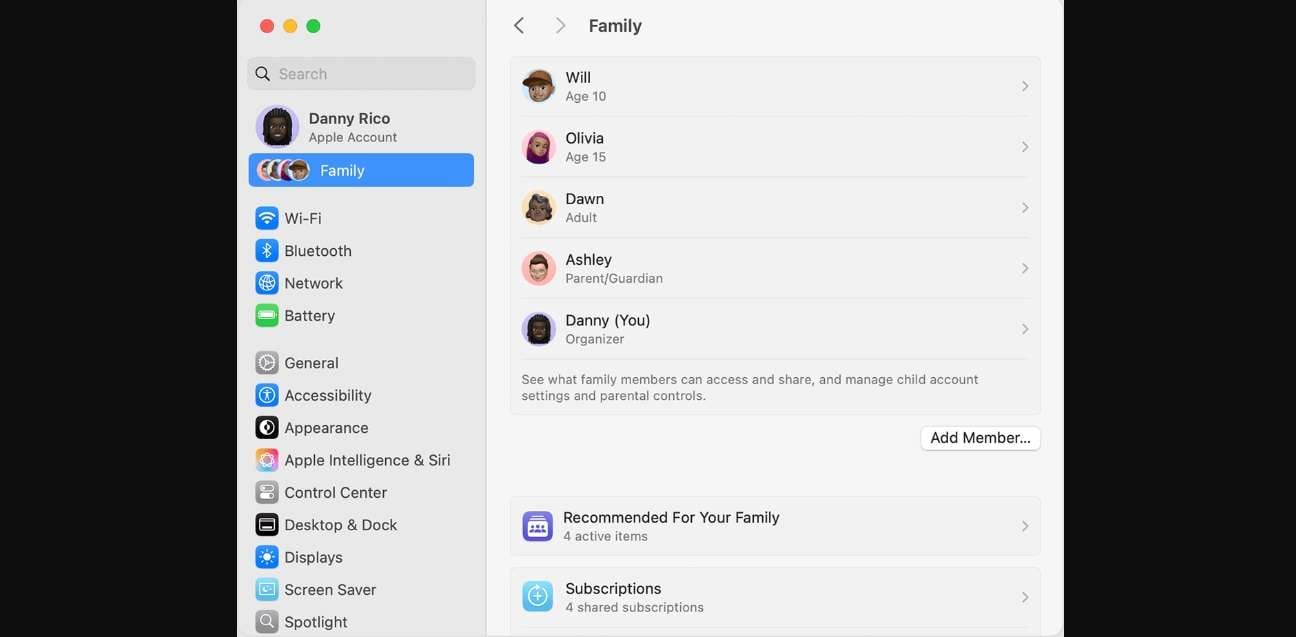
Managing Family Sharing Settings
Once Family Sharing is established, you can manage iCloud devices and settings directly from your device. Simply navigate to Settings > Family Sharing to:
- View and manage shared subscriptions, such as Apple Music family subscriptions and iCloud storage plans.
- Toggle purchase sharing on or off to allow family members to access each other's App Store and iTunes purchases.
- Control whether or not family members can see your location.
You can tailor these settings to your family's requirements and preferences. You also have the option to remove a member from Family Sharing. Select their name from the Family Sharing menu and choose Remove from Family.
Parental Controls & Screen Time
Family Sharing offers robust parental control features. So, you can set up Screen Time for each child account to:
- Restrict access to specific apps or categories of apps.
- Schedule periods when the device is unavailable (during bedtime or school hours)
- Filter inappropriate content. Limit access to specific websites and media.
You can enable Ask to Buy. This requires children to obtain your explicit approval before making purchases within the App Store or iTunes. You should also try Apple ID family share by giving you granular control over your children's digital activities and spending habits.
| Role | Permission |
| Organizer | Manages the family group, sends invitations, manages subscriptions, and sets up parental controls. |
| Parent/Guardian | Can set Screen Time limits and approve purchases for children, with similar capabilities as the Organizer. |
| Adult | Has full access to shared purchases and subscriptions. Subject to fewer restrictions than child accounts. |
| Child | Subject to parental controls and requires approval for purchases (if Ask to Buy is enabled). |

Part 3. Addressing Common Questions and Concerns
You may have some questions about Family Sharing. Let's address them here.
- Sharing Apple ID: Is sharing a single Apple ID among different users a good idea? It'll lead to problems like mixed contacts, iMessage confusion, jumbled purchase history, etc. That's why tech gurus suggest using Family Sharing for sharing content & services only. Use different Apple IDs for personal use.
- Can Two iPhones Use the Same Apple ID? Yes, it's technically feasible. Generally, it's not advisable. Conflicts and privacy issues arise since two iPhones use the same iCloud ID.
- Can I Have Two iPhones With the Same Apple ID? Again, it's not ideal. It may create the same problems as mentioned above.
- Privacy Concerns: Sharing your location through Family Sharing can raise some gruesome privacy concerns among your family members. That's why you should explore these concerns openly and adjust location-sharing settings based on every family member's unique preferences.
- Data Security: You should check Apple's privacy controls to make your family data even safer.
Note:
If you wish to remove your Apple ID without a password, Dr.Fone - Screen Unlock can effortlessly assist you in achieving this.

Dr.Fone - Screen Unlock (iOS)
Unlock iPhone/iPad Lock Screen Without Hassle.
- Simple, click-through, process.
- Unlock screen passwords from all iPhones and iPads.
- No tech knowledge is required, everybody can handle it.
- Supports the latest iOS version fully!

Dr.Fone's Features of Family-Shared Apple IDs
Dr.Fone is a versatile toolkit that offers various solutions for managing multiple phone issues. It has cool data transfer, backup, recovery, and more features. Dr.Fone can simplify device management and enhance data protection for families juggling multiple Apple devices. You can do these things with Dr.Fone:
- Transfer data between devices (useful when someone upgrades their phone or switches between devices).
- Secure data backups and restore data for every family member (protecting their valuable images, videos, documents, and other files from loss).
- Erase sensitive data from all old devices before selling or trading them in.
Transfer Apps between iPhone and iPad Using Dr.Fone

Dr.Fone - Phone Transfer
1 Click to Copy One Phone to Another
- Move data between devices with different OSs, i.e. iOS to Android.
- Transfer contacts, SMS, photos, videos, music, and more types.
- Simple, click-through process
- Compatible with Android 14 (Win) and the latest iOS 17.
Step #1: Launch Dr.Fone and Connect Devices
You can start by opening Dr.Fone, navigating to Toolbox > Phone Transfer, and connecting your iPhone and iPad to your computer.

Step #2: Select Your Source & Destination
Next, verify the two connected devices, correctly identifying them as the Source and the Destination (use the "Flip" button if needed).
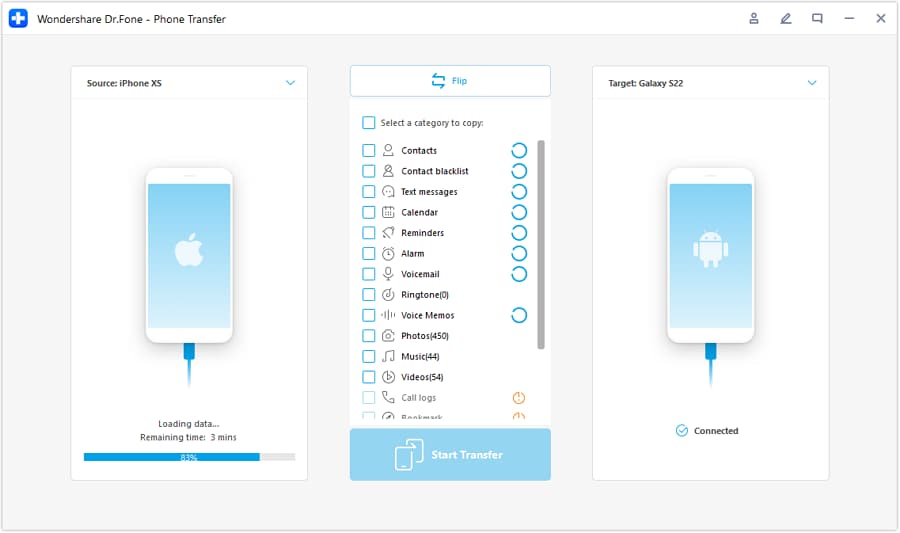
Step #3: Choose Data Types and Start Transferring
Select the right data types to transfer this information. Then, click the "Start Transfer" button to initiate the process.
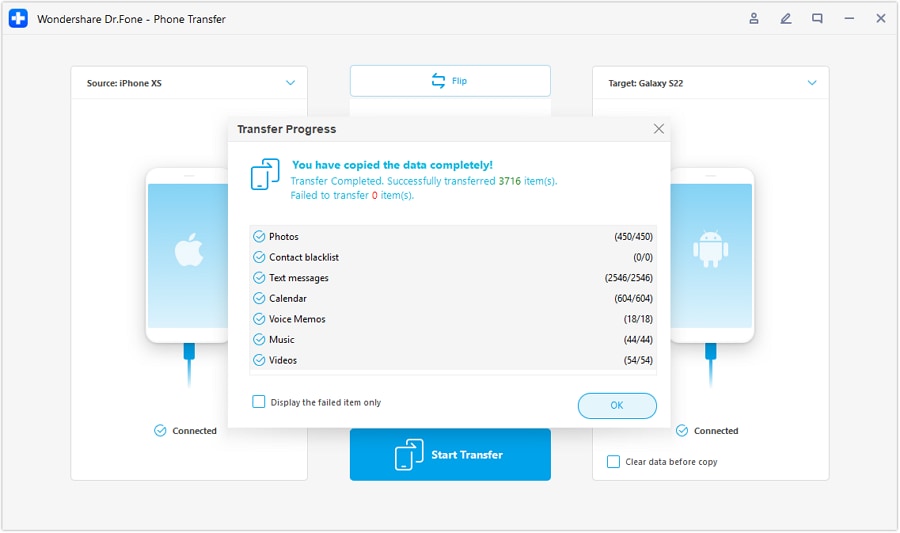
Step #4: Disable Find My and Finish Transfer
Please turn off the "Find My" feature on your iOS devices (iCloud > Find My). You must wait for the data transfer process to finish.
Part 4. Tips For a Family Sharing Apple Account Credentials for Superior Management
These tips will help you with effective family Apple ID management.
- Establish Clear Rules: Set clear expectations for device usage, including screen time limits, content restrictions, online behavior, and responsible app purchasing.
- Review Settings Regularly: Review Apple ID sharing settings. Make adjustments as needed to adapt to your family's evolving needs and preferences.
- Communicate Openly: Nurture open communication with your family members about privacy and security concerns.
- Use Apple's Resources: You should take full advantage of Apple's support resources for Family Sharing. This includes online guides, troubleshooting articles, and access to customer support representatives.
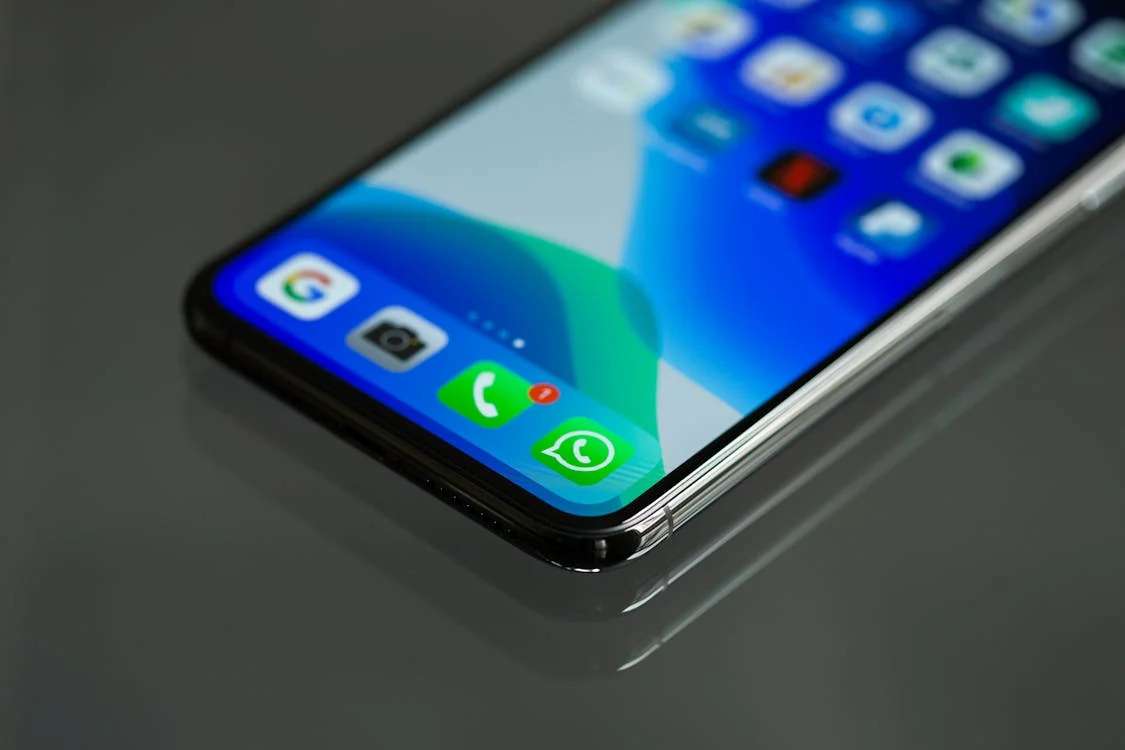
Conclusion
There's no doubt that family sharing is a potent tool for managing different Apple devices & accounts within a family setting. It provides cost savings, better organization of your images/videos, simplified parental control, and cost-effective Apple Music subscriptions.
For a family sharing Apple account settings, streamlining one's digital life becomes easier!
And remember, third-party tools like Dr.Fone can enhance your device management capabilities and provide additional protection for your family's valuable data.
FAQs
Dr.Fone Basic:
Better Control for Your Phone
Manage, transfer, back up, restore, and mirror your device
iCloud Manage
- iCloud Delete
- iCloud How-Tos
- 1. Get More iCloud storage
- 2. Save Documents in iCloud
- 3. Access iCloud Photos
- 4. Access Your Notes on iCloud
- 5. Cancel iCloud Storage Plans
- 6. Sharing iTunes Store Purchases
- 7. Reset iCloud Email on iPhone / PC
- 8. Set Up iCloud Account on Android
- 9. iCloud Two-Factor Authentication
- 10. See Pictures Stored in iCloud
- 11. Buy More iCloud Storage
- 12. See What Is In iCloud Storage
- iCloud Issues
- 1. iCloud Backup Failed Issue
- 2. Not Enough iCloud Storage
- 3. iCloud Contacts Not Syncing
- 4. iCloud Photos Not Syncing
- 5. iPhone Couldn't Be Activated
- 6. iPhone Backup with iTunes/iCloud
- 7. Stuck on Updating iCloud Settings
- 8. iPhone Won't Backup to iCloud
- 9. Notes App Not Syncing with iCloud
- 10. Syncing with iCloud Paused
- iCloud Tricks
- 1. iCloud Tips and Tricks
- 2. Recover iCloud Password
- 3. Disconnect iPhone from iCloud
- 4. Retrieve Contacts from iCloud
- 5. iCloud Alternative For iPhone/iPad
- 6. Bypass iCloud Activation with IMEI
- 7. Bypass Activation Lock on iPhone
- 8. Change iCloud Account on iPhone
- 9. Get Rid of the Repeated iCloud Sign
- 10. Download Videos from iCloud
- 11. iCloud Storage vs. iPhone Storage
- 12. Manage iCloud Storage on iPhone/iPad
- ● Manage/transfer/recover data
- ● Unlock screen/activate/FRP lock
- ● Fix most iOS and Android issues
- Manage Now Manage Now Manage Now


















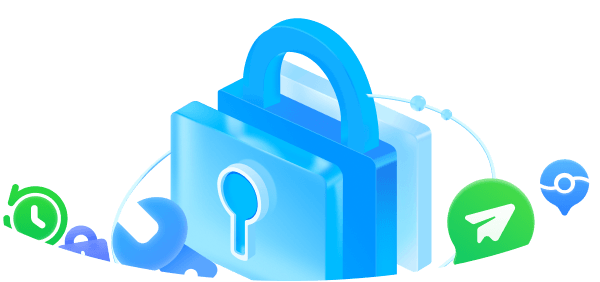
James Davis
staff Editor